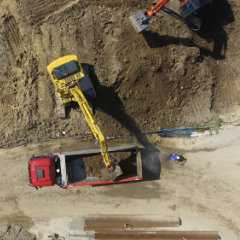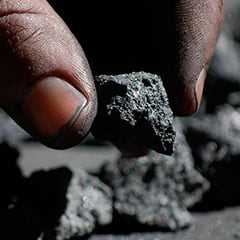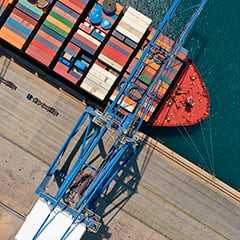Aviation Oil Analysis; Forecasting Potential Problems

What is Aircraft Oil Analysis (AOA)?
The analysis of aircraft oil is a laboratory-based testing program designed to determine the health and integrity of the engine. The laboratory performs routine tests of the engine’s oil and the debris in the engine oil to assess potential problems and alert the aircraft owner to potential maintenance issues. Sampling frequencies for aircraft engine oil is on much shorter hours than for other types of engines.How Does Oil Analysis Benefit Me?
Monitoring the engine’s condition through regularly scheduled oil analysis can act as an early warning system and helps aircraft owners locate excessively worn parts and predict potential failures. Oil analysis serves as a forecaster of possible engine problems—something that may happen in the future if precautionary action is not taken. Monitoring the engine’s condition through regularly scheduled oil analysis gives you the ability to spot trends in your data. Due to the fact that most bearings have a high iron composition, the most common wear metal to manifest changes is iron. Tracking the iron in this way, monitoring the trends of the iron and other metals, is an easy way to spot slowly progressing wear and damage to bearings and gears in your aircraft’s engine.
What Tests are Performed?
The oil sample is used to perform a variety of tests that determine the levels of specific wear metals and abrasive dust. Elements included on your analysis report are: aluminum, iron, copper, nickel, chrome, silver, silicon, lead*, and magnesium* (*turbine engines only). These tests help pinpoint the type of wear that is occurring and the possible sources for that wear. In addition to engine oil analysis, AOA also offers microscopic chip evaluation and analytical ferrography to determine the metal constituents that may be wearing in your aircraft. After the tests are performed, an experienced diagnostician evaluates each piece of data and offers specific observations and recommendations that are provided to you in a report (which can be emailed to you, mailed to you, or accessed through our online Praxis program). In cases when the results suggest severe wear, the diagnostician will phone you with your test results so you have information about potential problems as soon as we are aware of them.Customer Case Study
Routine oil analysis really can provide pilots with the critical information needed in order to fly safely. Recent testimony from an aircraft owner who now has first-hand knowledge of the importance of oil analysis and understands the consequences of ignoring test results serves as corroboration that regular oil analysis is essential to safe and successful flights.
This aircraft owner has used AOA services for many years. Perhaps by sharing his story, other pilots will identify with this experience and realize the necessity of acting on the testing results. He writes:
“When I received my latest test results, I was in denial and thought that there had been a mistake in the readings that came back were abnormal for the aircraft. I wrote it off to some cold starts. On our climb out from Ramona Airport to return to Oregon, passing through 4,000 feet, the engine started to ‘give up the ghost’. There was first a large shutter, then it smoothed out for a few seconds, followed by major vibrations. I was able to go through my engine out checklist and make a turn to go back to the airport. The engine was running ever so rough and the whole plane was vibrating. By holding 2,000 rpm, the engine ran until I got to the airport. After a successful landing, the analysis showed a broken piston pin and loose fragments rattling around doing destruction. I only had 2 cam followers left. I do not know how the engine was able to run. Bottom line, we should have heeded the oil analysis report seriously. For your information, your program works.”
ALS aviation oil analysis kits are designed specifically for aircraft owners. For more information contact our lab in Phoenix.
Written By:
David Doyle, CLS, OMA I, OMA II
ALS Tribology














































